In the thirty-minute documentary that accompanies the first U.S. retrospective of his work, Bodys Isek Kingelez notes that “a building without color is like a person without clothes.” Kingelez, who began his artistic career restoring tribal masks at the National Museum in Kinshasa, designed buildings of a multitude of colors. When then Zaire (now the Democratic Republic of Congo) won independence from Belgium in 1960, Kingelez began imagining the rehabilitative possibilities of architecture. With colored paper, commercial packaging, plastic, soda cans, and bottle caps, he built models of individual buildings and then, eventually, entire African megacities. From now through January 1, the Museum of Modern Art is showing work spanning his full career, from early single-building sculptures to his futuristic late works, which incorporate increasingly unorthodox materials. “Thanks to my deep hope for a happy tomorrow,” Kingelez said, “I strive to better my quality, and the better becomes the wonderful.”
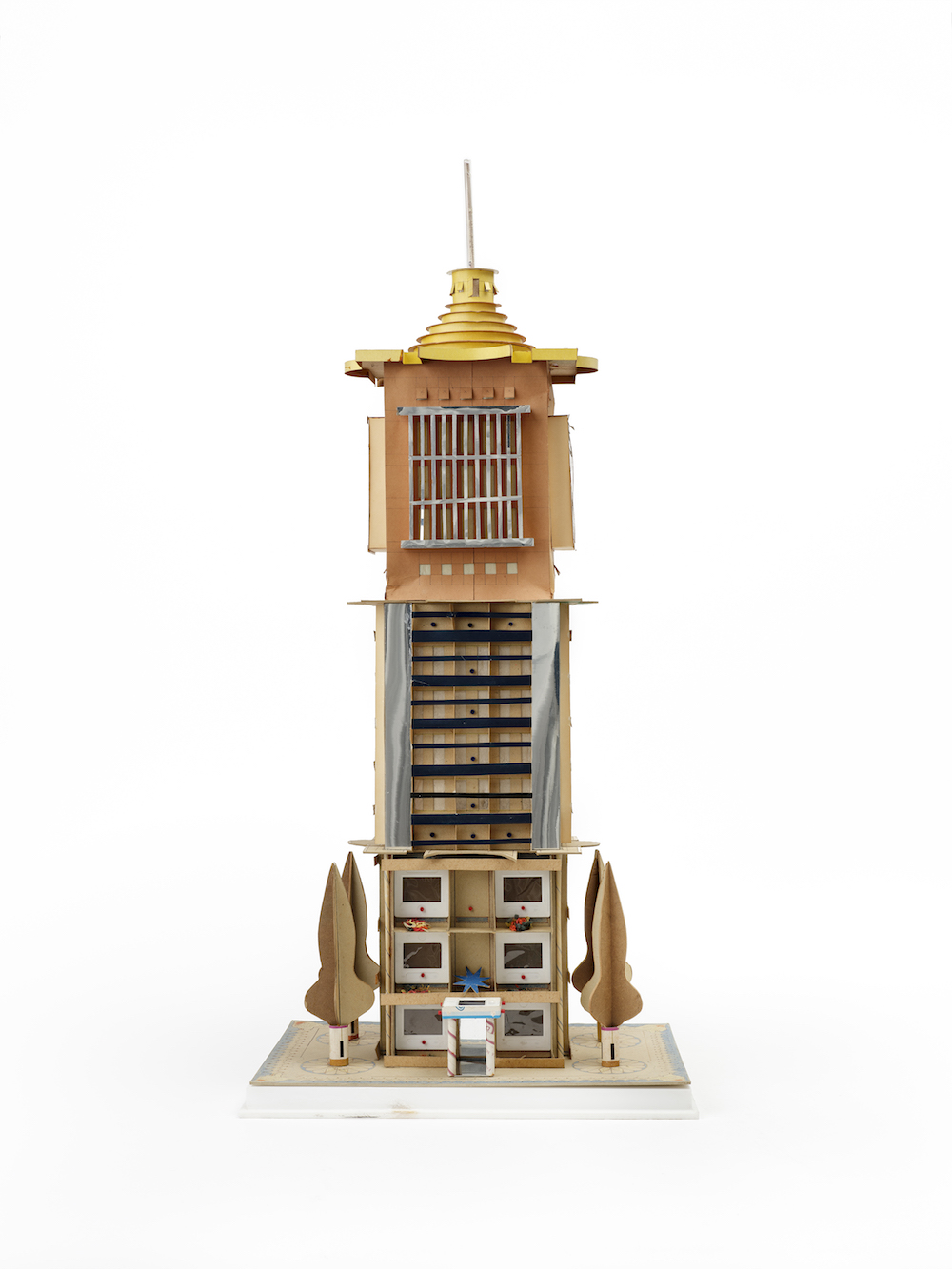
Bodys Isek Kingelez, Untitled, ca. 1980, paper, paperboard, other various materials, 32 15/16″ × 14 7/8″ × 9 5/8″.
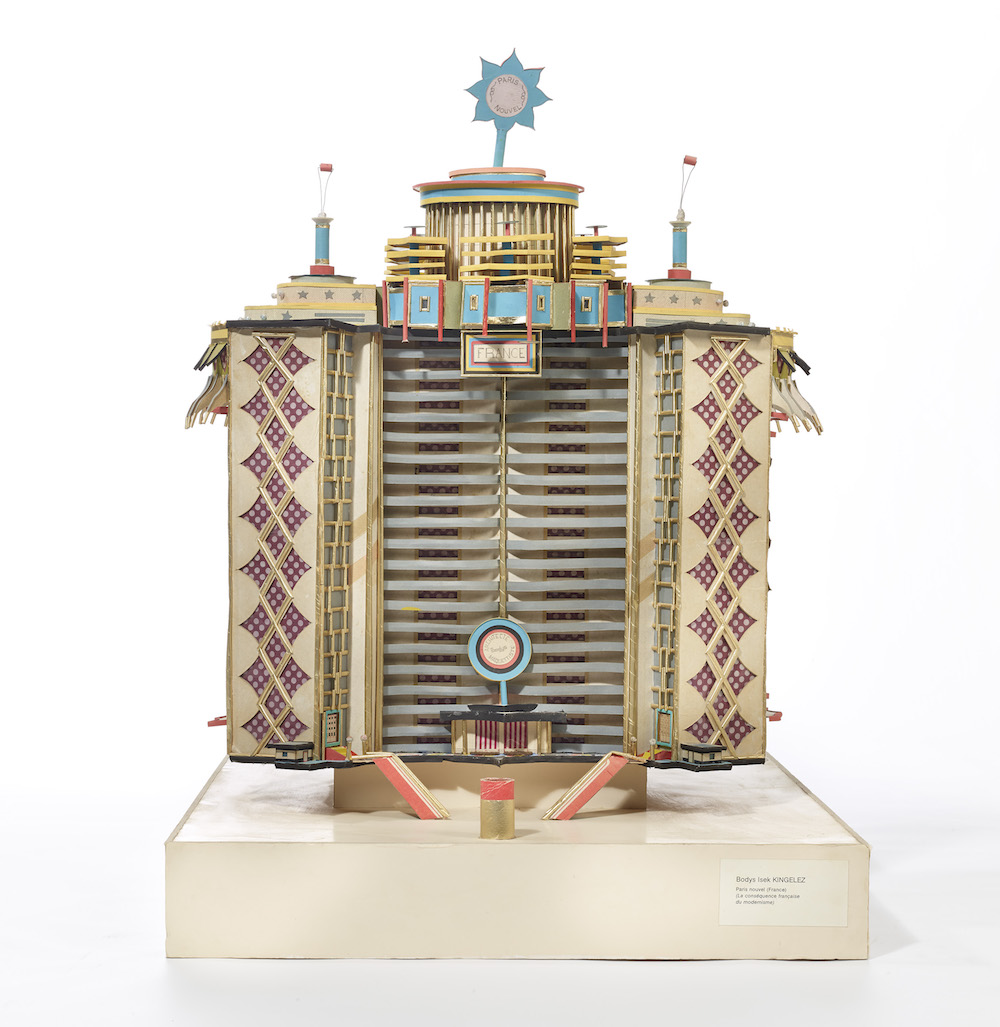
Bodys Isek Kingelez, Paris Nouvel, 1989, paper, paperboard, other various materials, 33 7/16″ × 24″ × 27 9/16″.
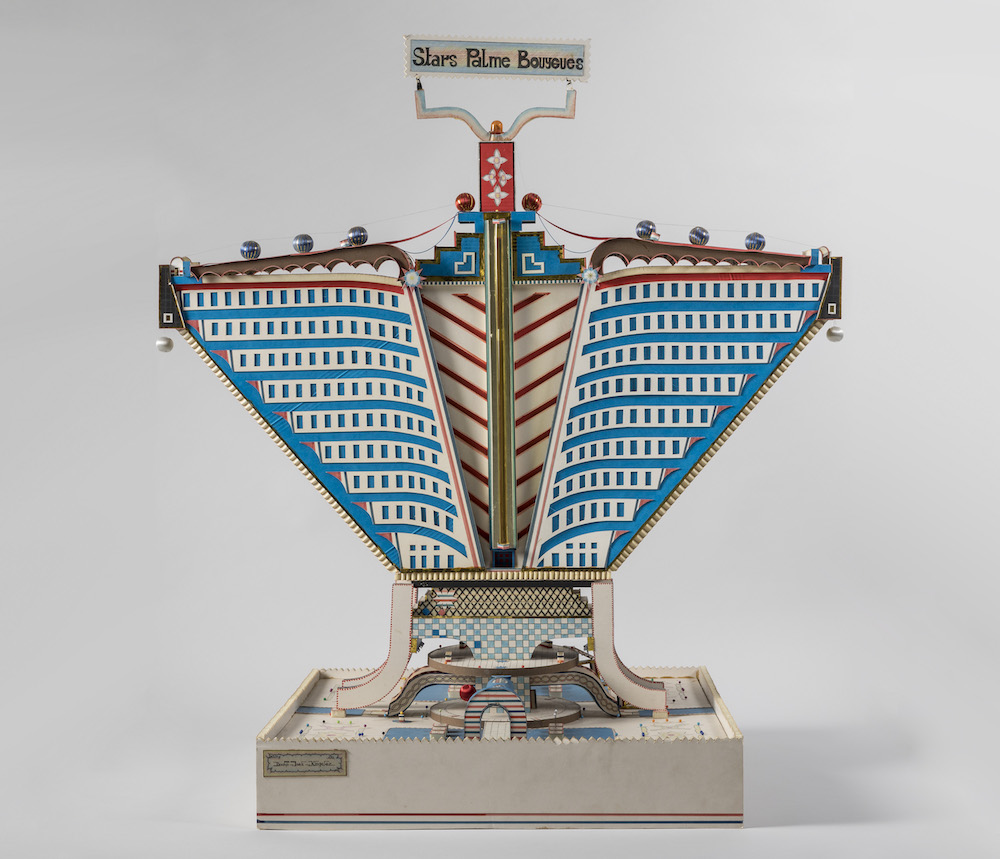
Bodys Isek Kingelez, Stars Palme Bouygues, 1989, paper, paperboard, other various materials, 39 3/8″ × 15 3/4″ × 15 3/4″.
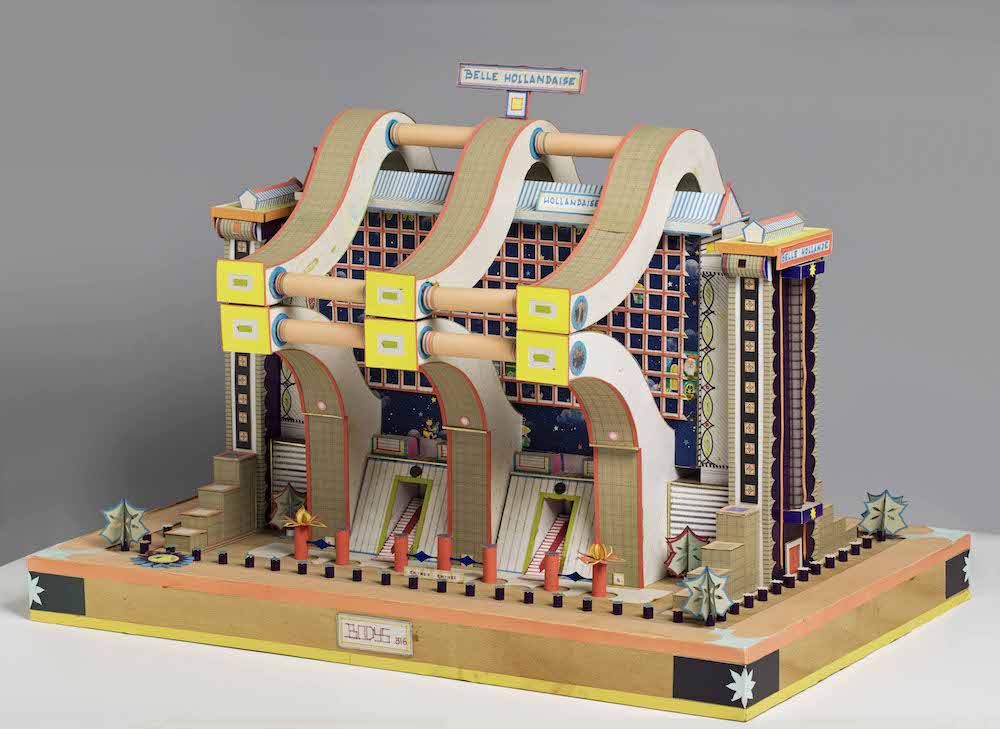
Bodys Isek Kingelez, Belle Hollandaise, 1991, paper, paperboard, other various materials, 21 5/8″ × 31 11/16″ × 22 1/16″.
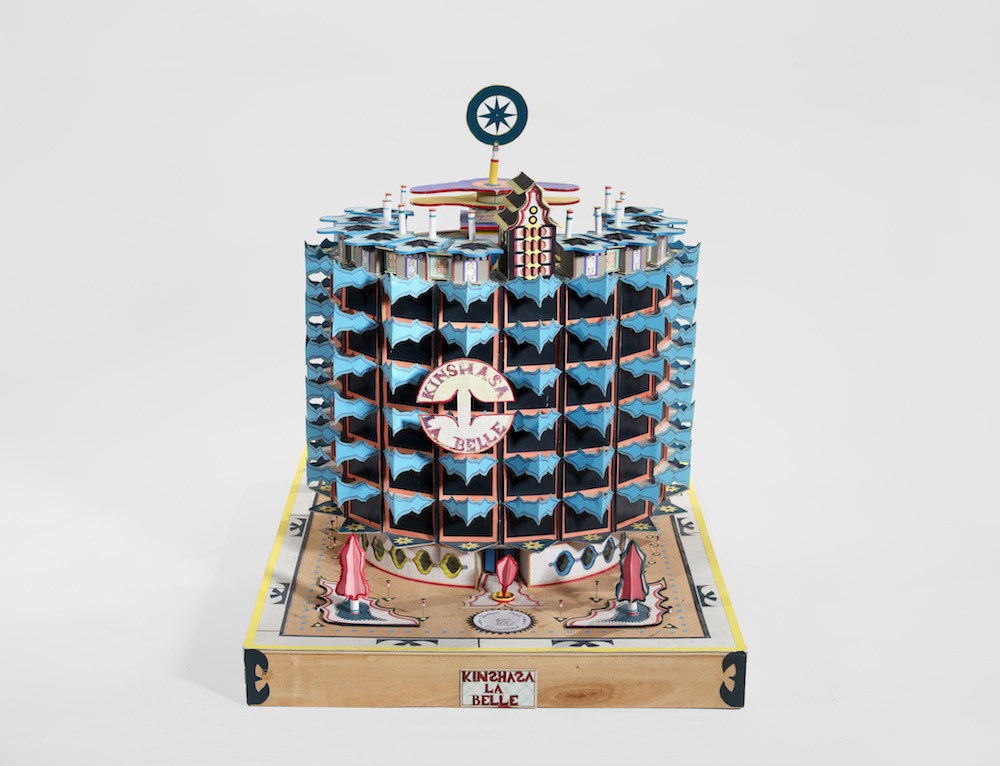
Bodys Isek Kingelez, Kinshasa la Belle, 1991, paper, paperboard, other various materials, 24 13/16″ × 21 5/8″ × 31 1/2″.

Bodys Isek Kingelez, Africanisch, 1994, paper, paperboard, plastic, other various materials, 19 11/16″ × 22 7/16″ × 24″.
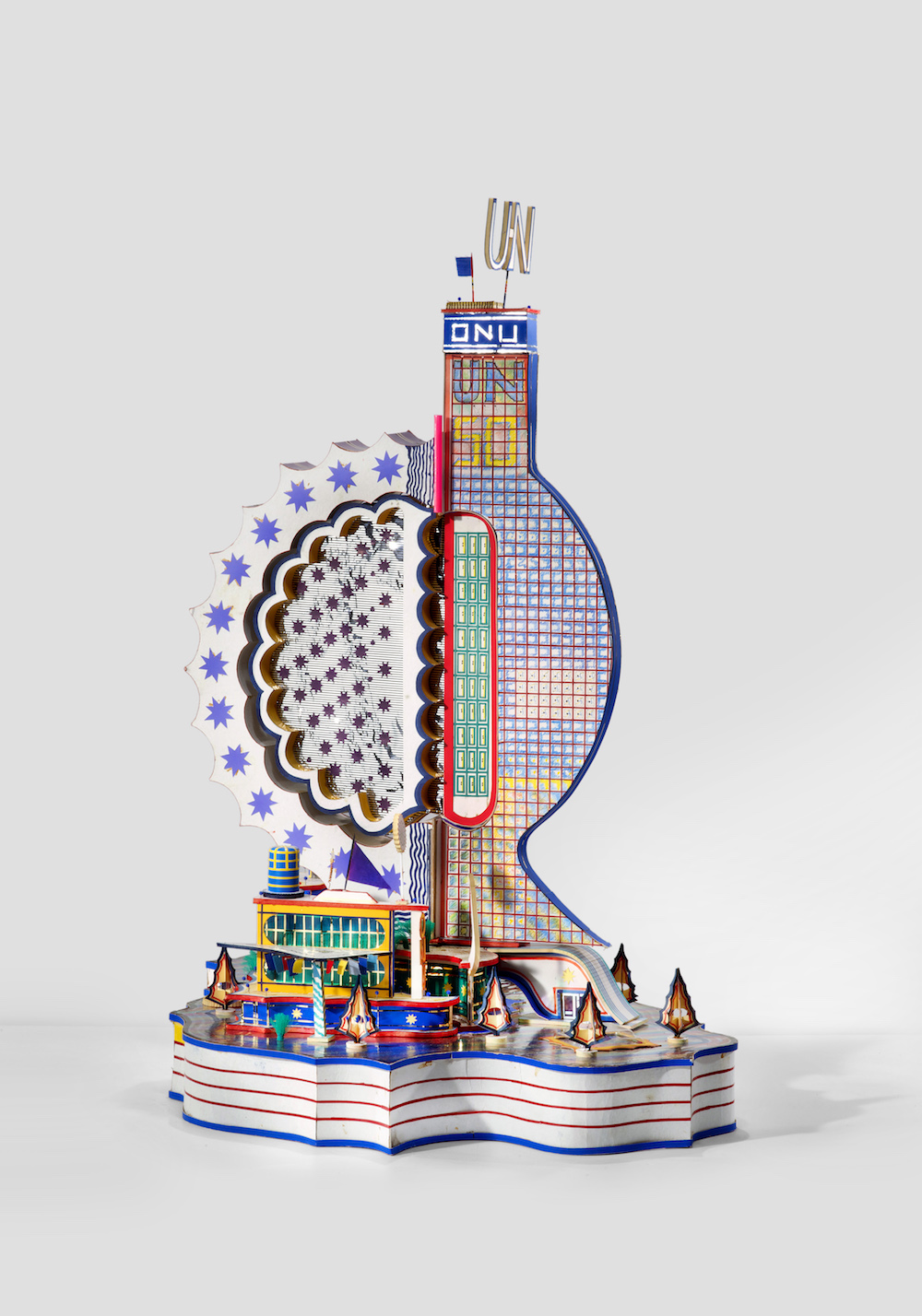
Bodys Isek Kingelez, U.N., 1995, paper, paperboard, other various materials, 35 13/16″ × 29 1/8″ × 20 7/8″.

Bodys Isek Kingelez, Sports Internationaux, 1997, paper, plastic, other various materials, 35 7/16″ × 33 7/16″ × 9 13/16″.
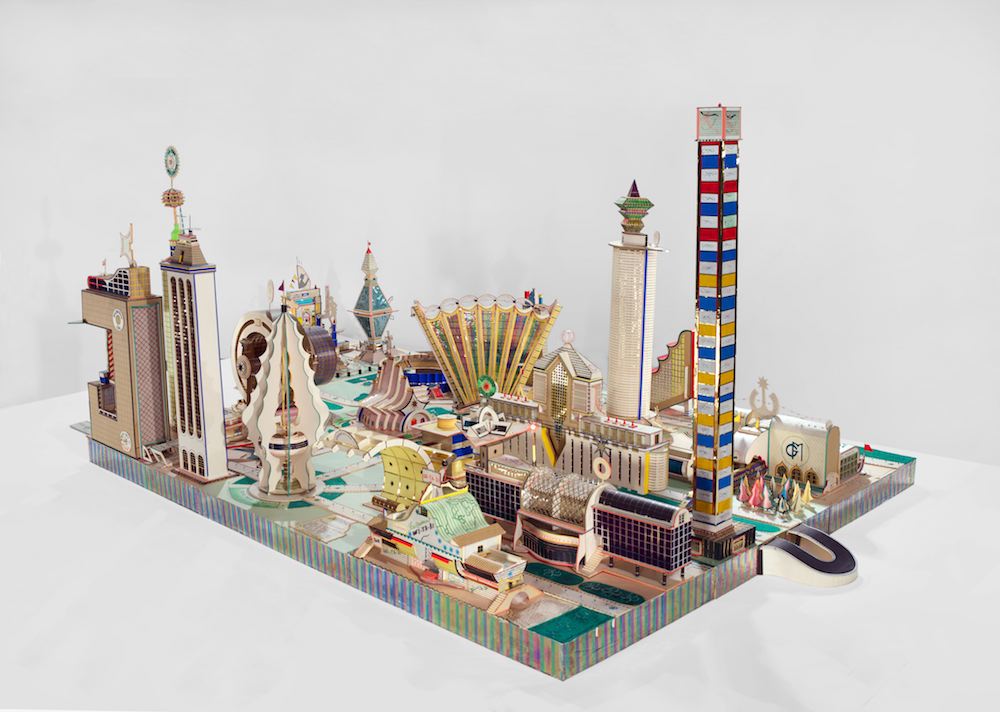
Bodys Isek Kingelez, Kimbembele Ihunga, 1994, paper, paperboard, plastic, other various materials, 51 3/16″ x 72 13/16″ x 10′ 5″.
All images courtesy of the Museum of Modern Art.
from The Paris Review https://ift.tt/2KCFjpV
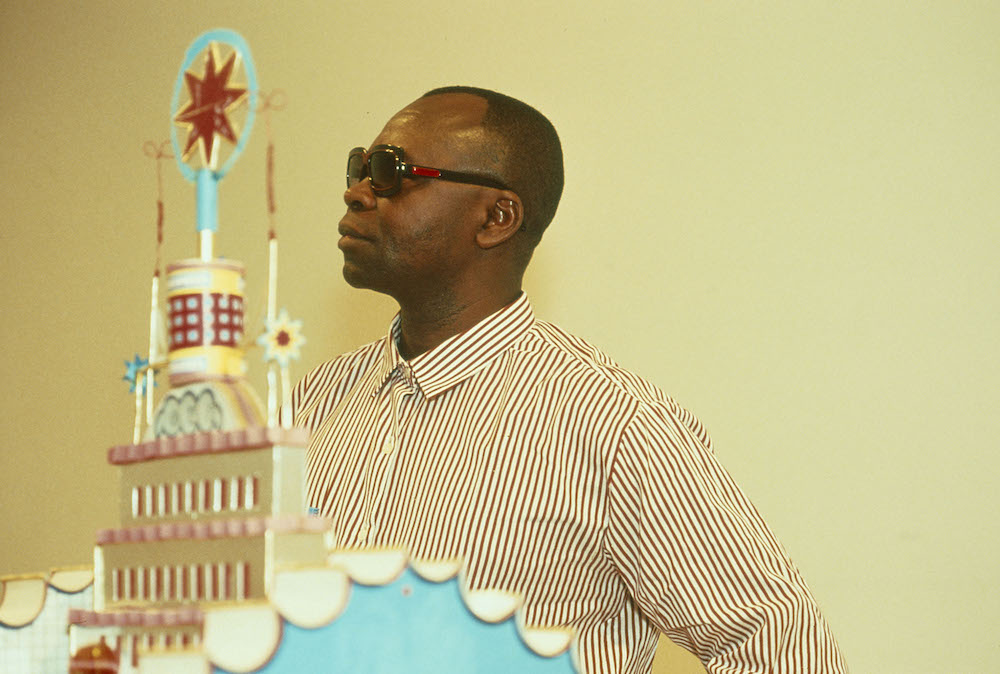
Comments
Post a Comment